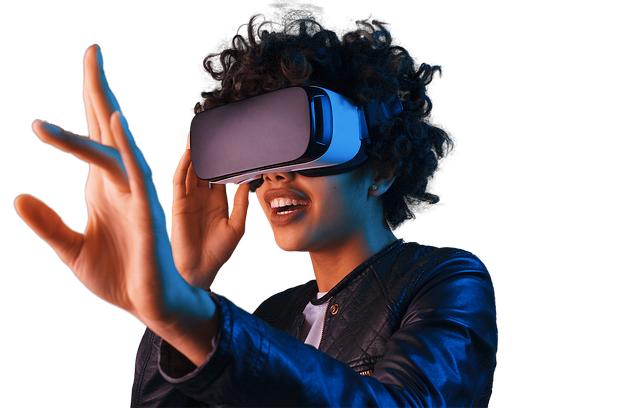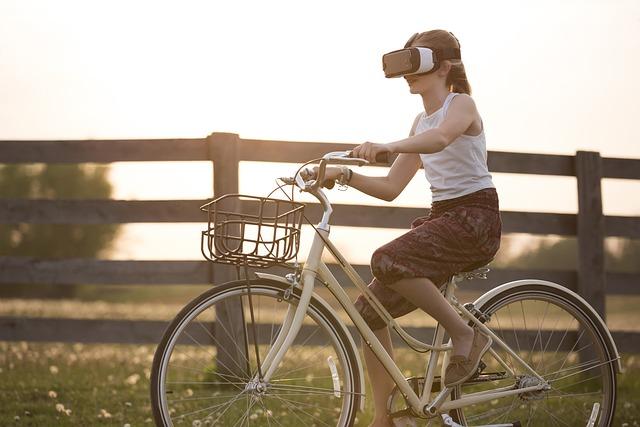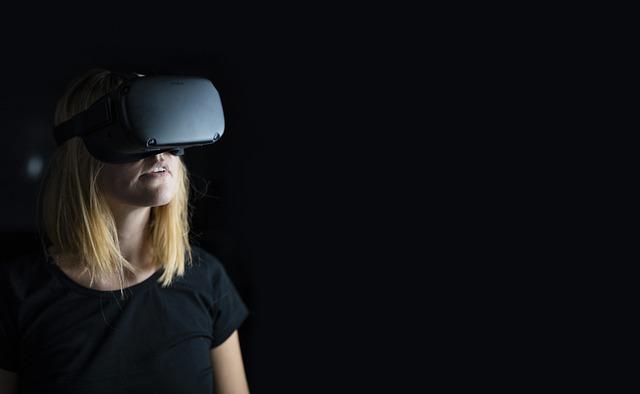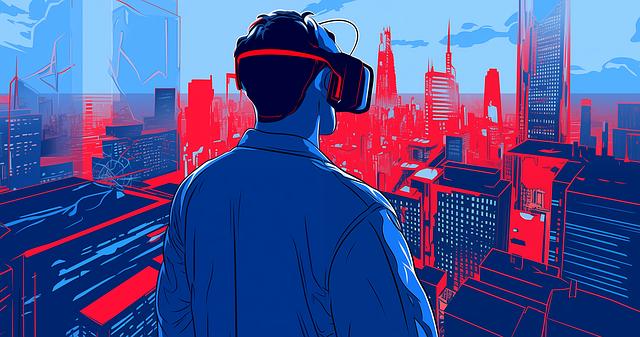- Introduction
- Immersive Experiences
- Enhanced Training
- Enterprise Solutions
- Healthcare Applications
- Conclusion
- FAQs
- References
Introduction
Virtual Reality (VR) and Augmented Reality (AR) technologies have seen a significant surge in integrations across various industries. Organizations are increasingly leveraging these immersive technologies to enhance user experiences, improve training methodologies, streamline business operations, and revolutionize healthcare applications.
Immersive Experiences
VR and AR technologies provide users with immersive experiences that blur the lines between the digital and physical worlds. Industries like gaming, entertainment, and tourism are integrating VR and AR to create interactive and engaging experiences for their audiences.
As users interact with virtual environments and augmented realities, they are transported to entirely new worlds, enabling them to explore, learn, and engage in ways never before possible.

(Image: Pixabay/@Achinbm)
Enhanced Training
One of the key areas where VR and AR integrations are making a significant impact is in training and education. Companies are implementing virtual simulations and augmented reality tools to train employees in realistic environments without the need for physical equipment or resources.
These technologies offer hands-on training experiences that are both engaging and effective, allowing learners to practice skills, make mistakes, and learn from them in a safe and controlled setting.

(Image: Pixabay/@Pexels)
Enterprise Solutions
Enterprises are adopting VR and AR solutions to optimize processes, enhance productivity, and improve collaboration within organizations. From virtual meetings and remote collaborations to 3D modeling and design, businesses are utilizing these technologies to revolutionize the way work is done.
By leveraging VR and AR in their operations, companies can drive innovation, reduce costs, and gain a competitive edge in the market by offering unique experiences to their customers and employees.

(Image: Pixabay/@Pexels)
Healthcare Applications
In the healthcare sector, VR and AR are being used for medical training, surgical simulations, patient care, and therapy. These technologies enable healthcare professionals to practice complex procedures, improve diagnostic accuracy, and enhance patient outcomes through personalized treatment plans.
Furthermore, VR and AR applications in healthcare contribute to reducing stress, anxiety, and pain for patients, leading to better overall experiences and outcomes in medical settings.

(Image: Pixabay/@nickross2021)
Conclusion
The surge in VR and AR integrations signifies a profound transformation in how industries approach user engagement, training methodologies, business operations, and healthcare applications. As these technologies continue to evolve, we can expect even greater advancements and widespread adoption across various sectors.
FAQs
How is VR different from AR?
Virtual Reality (VR) immerses users in entirely artificial environments, while Augmented Reality (AR) overlays digital content onto the real world.
What are some common uses of VR and AR in gaming?
In gaming, VR and AR are used to create immersive worlds, enhance gameplay experiences, and allow players to interact with virtual elements in exciting ways.

